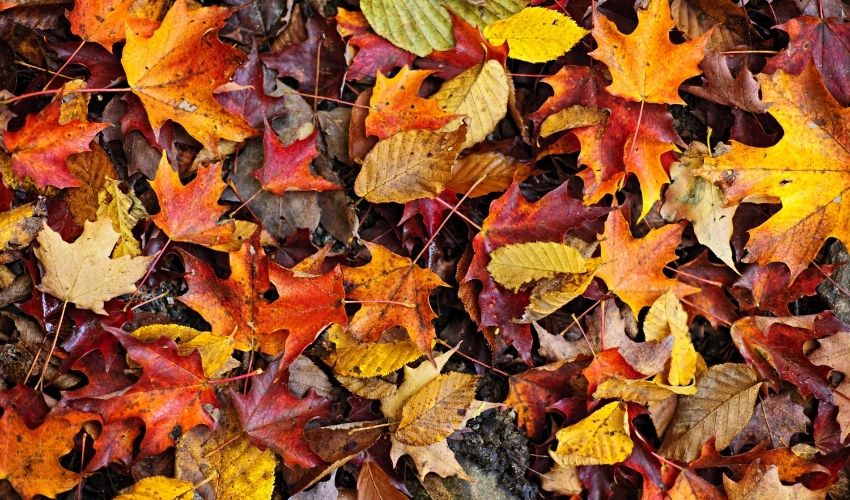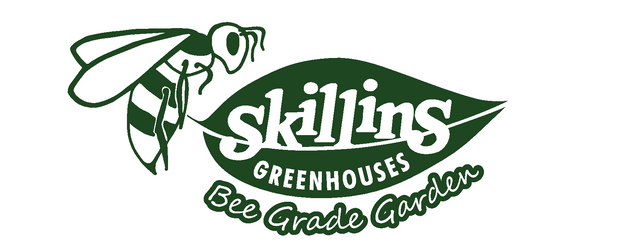
Using Leaves for Mulch
Do you look at piles of leaves in your yard with dread because of all the raking you must do? Instead, why not consider the bounty Mother Nature has provided just when you need it most, and use those leaves as free, natural, organic mulch!
Before You Mulch
Mother Nature may have filled your yard with leaves, but you do still need to do a little work before you can use them as winter mulch. To be effective, leaves must be chopped or shredded first. Large, broad leaves such as maple, oak and elm can become matted and may smother plants if they are not shredded, blocking air and water from reaching the roots and fostering fungus and rot. Shredding the leaves will break them up to prevent these problems, and will help them decay more quickly to improve drainage, feed earthworms and enrich the soil.
There are two easy ways to shred large amounts of leaves for mulch. If you have a chipper/shredder, you can run leaves through to chop them into bits. If you don't have that equipment, however, your lawn mower can do the same job. Spread the leaves out in a medium-thin layer and simply mow over them, using a bag attachment if desired to catch the leaves more easily. If you have a lot of leaves to shred or they are damp, it may take several passes to break them into small enough pieces to be effective mulch.
Very small leaves, such as those from honey locust or acacia, are already small enough to be used as mulch and do not need to be broken down, but shredding can still be used if desired.
Using Your Mulch
Shredded leaves aren't the prettiest mulch for your landscape, but they can be one of the most economical and effective options. Once your leaves are shredded and ready to use, you can add them nearly anywhere mulch is required.
-
Layer the leaf mulch 2-3 inches deep around newly planted flowers, shrubs or saplings, spreading them as far out as the drip line. Avoid piling the mulch right up against stems or trunks, however, which could be harmful to the plants.
-
Till leaf mulch into your dormant garden to allow it to decay throughout the winter and help rejuvenate the soil. You can work the mulch in by hand if desired as well. This is also great for raised beds or container gardens.
- Add the mulch to any holes as you plant in autumn, mixing it in with the existing soil. This will help improve the soil drainage and provide great nutrition for plants to get established in the landscape.
If you want to use leaf mulch but would still like a more attractive landscape, add a thin layer of commercial mulch, shredded bark, wood chips or gravel on top of the mulch as a top dressing. This will hide the shredded leaves and provide another layer of protection for the plants and soil.
Too Many Leaves?
If you have more leaves than you need for mulch, there are still more options to explore…
-
Offer extra leaf mulch to neighbors or other gardening friends so they can reap the same benefits you are enjoying. Farmers, community gardens and nurseries may also be interested in extra mulch for winter protection.
-
Fill decorative trash bags with extra leaves to make quirky Halloween pumpkins or spiders, or even leaf-filled "snowmen." You can use the leaves as more mulch in the spring, or let trash collection take the bags when you are finished with the decorations.
-
Add leftover shredded leaves to your compost pile. They are ideal organic matter to nourish the microbes and earthworms in your pile, and they will break down well over the winter to become rich, nutritious compost.
- Mow over extra leaves directly on your lawn without bagging them, and let the shreds stay on the turf to decay over the winter and nourish your grass. This will be easiest if you mow more often but keep your mower at a taller height so you do not stress the grass.
With so many options to use leaves as organic mulch, you may find yourself wishing you had even more leaves piling up in your yard!
